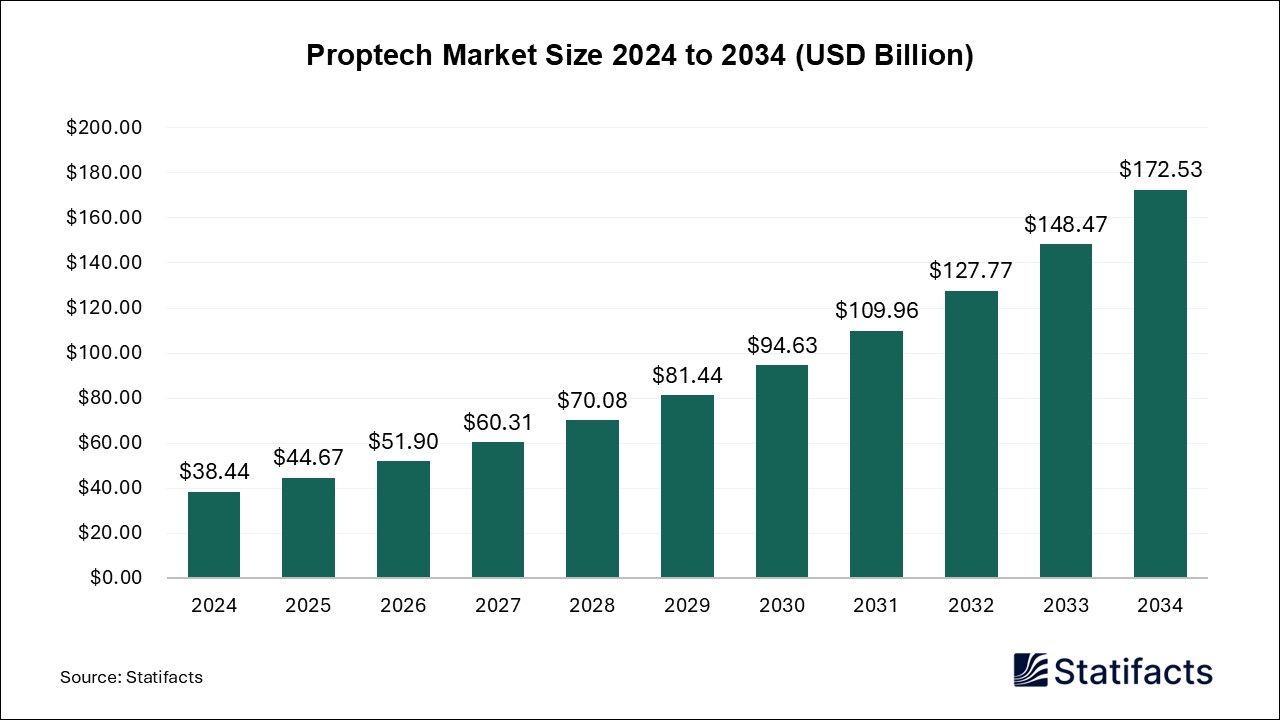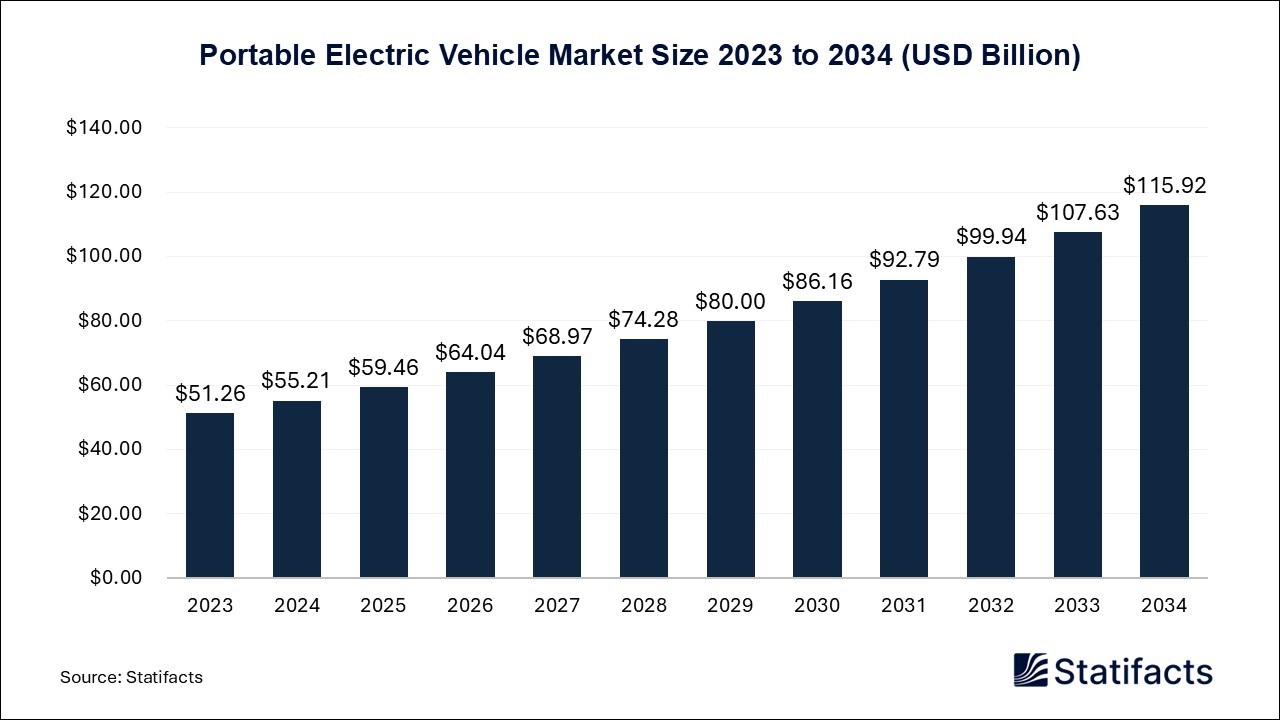
By clicking “Accept All Cookies” you agree to the storing of cookies on your device to enhance site navigation, analyze site usage, and assist in our marketing efforts.
Privacy PolicyThe U.S. disposable syringes market size is calculated at USD 2,380 million in 2024 and is predicted to reach around USD 4,640 million by 2034, expanding at a CAGR of 6.9% from 2025 to 2034.
The U.S. disposable syringes market is growing at a substantial rate, led by rising infection control awareness, improvement in syringe safety, and the growing prevalence of chronic conditions necessitating injectable therapy. Disposable syringes, intended for one-time use, reduce the risk of cross-contamination and healthcare-associated infections (HAIs). Governments and healthcare organizations across the globe are encouraging the use of safety-engineered syringes to improve patient and healthcare worker safety. With ongoing innovations and rising demand worldwide for vaccination schemes, the market for disposable syringes will significantly grow over the next few years.
Increased interest in preventing needle-stick injuries and healthcare-associated infections (HAIs) has created the demand for safety-engineered disposable syringes that contain retractable or auto-disable mechanisms to prevent accidental needle pokes and reuse. This would reduce the spread of infectious diseases like HIV and hepatitis. Regulatory bodies and health organizations, such as the World Health Organization (WHO) and the Centres for Disease Control and Prevention (CDC), strongly favor using safety syringes, pushing the U.S. disposable syringes market to further develop.
Growth in the incidence of infectious diseases, as well as government vaccination campaigns, are driving demand in the U.S. disposable syringes market. Vaccination programs against infections like COVID-19, flu, polio, and measles need billions of syringes yearly. Governments across the world have implemented auto-disabled syringes for vaccination purposes to avoid reuse of syringes and improve safety. Growing awareness regarding the need for vaccination in developing countries is also spurring demand for disposable syringes, especially in the Asia-Pacific and African markets.
The increasing incidence of diabetes, cardiovascular diseases, and autoimmune conditions has helped fuel the demand for disposable syringes. Insulin-dependent diabetic patients use syringes daily to take insulin, and chemotherapy, hormone therapy, and biologic drug treatments necessitate constant injections. Home healthcare services and injectable drug self-administration are becoming more popular, making user-friendly disposable syringes increasingly in demand. These trends are also complemented by advances in pre-filled syringe technology that increase patient convenience and minimize medication waste.
The widespread use of medical-related supplies in the U.S. disposable syringes market contributes to the accumulation of medical waste, which becomes an environmental sustainability issue. Most disposable syringes are made up of plastic and stainless steel, which need proper disposal and proper waste management facilities. In many developing countries, unsophisticated medical waste disposal facilities pose a significant barrier, leading to improper disposal and the possibility of public health risks. In addition, government policies governing plastic waste reduction can affect the production and disposal of disposable syringes in the future. Manufacturers are currently focusing on producing biodegradable syringes and environmentally friendly alternatives to address this issue.
Artificial intelligence is revolutionizing the business of disposable syringes through the automation of production processes, supply chain management, and predictive analysis. AI-facilitated automation improves product accuracy and efficiency in syringe production, reducing material waste and enhancing product consistency. In addition, AI is enabling the development of smart syringes with in-built tracking and safety mechanisms; thus, they are used appropriately, and their reuse hazards are avoided.
Increased demand for plastic waste is prompting companies to develop recyclable and biodegradable syringes. Advances in green materials and sustainable syringe disposal are likely to open up new opportunities in the U.S. disposable syringes market. Healthcare investments are on the rise in countries of Asia-Pacific, Latin America, and the Middle East, resulting in local production and enhanced production of disposable syringes. This growth decreases reliance on imports and enhances access to affordable medical supplies. Demand for pre-filled syringes is increasing because they are easy to use, have less risk of contamination, and cause minimal wastage of drugs.
Published by Kesiya Chacko
| Subsegment | 2024 | 2025 | 2026 | 2027 | 2028 | 2029 | 2030 | 2031 | 2032 | 2033 | 2034 |
|---|---|---|---|---|---|---|---|---|---|---|---|
| Conventional Syringes | - | - | - | - | - | - | - | - | - | - | - |
| Safety Syringes | - | - | - | - | - | - | - | - | - | - | - |
| Retractable Safety Syringes | - | - | - | - | - | - | - | - | - | - | - |
| Non-retractable Safety Syringes | - | - | - | - | - | - | - | - | - | - | - |
| Subsegment | 2024 | 2025 | 2026 | 2027 | 2028 | 2029 | 2030 | 2031 | 2032 | 2033 | 2034 |
|---|---|---|---|---|---|---|---|---|---|---|---|
| Immunization Injections | - | - | - | - | - | - | - | - | - | - | - |
| Therapeutic Injections | - | - | - | - | - | - | - | - | - | - | - |
| Subsegment | 2024 | 2025 | 2026 | 2027 | 2028 | 2029 | 2030 | 2031 | 2032 | 2033 | 2034 |
|---|---|---|---|---|---|---|---|---|---|---|---|
| Hospitals | - | - | - | - | - | - | - | - | - | - | - |
| Diagnostic Laboratories | - | - | - | - | - | - | - | - | - | - | - |
| Blood Banks | - | - | - | - | - | - | - | - | - | - | - |
| Pharmaceutical Industry (B2B) (Prefilled Syringes) | - | - | - | - | - | - | - | - | - | - | - |
To get full access to our Market Insights, you need a Professional Account or a Business Suite.

You will receive an email from our Business Development Manager. Please be sure to check your SPAM/JUNK folder too.

You will receive an email from our Business Development Manager. Please be sure to check your SPAM/JUNK folder too.

Our customers work more efficiently and benefit from



